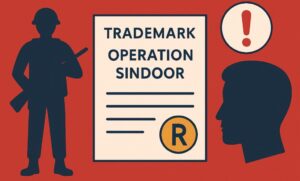The “specification” of a patent is all the written part of the patent – which elaborates on the existing state of art, the current invention, the boundaries of the invention via the claims, its technical advantages and likewise. If you are the one, who is not into the Patent Industry, reading a patent specification and digesting the same can be quite demanding! And then there are scenarios whereby you might be compelled to read and comprehend at least a few patent documents. It might be required if you want to understand the current state of art or you want to identify opportunities to develop on your conception or you want to mitigate risk or the like.
It is not just the legal lingo, but also, where from to start, which portion is talking about the current invention, which is the part which is mentioning about the already existing state of art details and so on, can be quite baffling. Another challenge lies in the fact that for a non-IP personnel, it is likely to get confused between patent and copyright or even patent and other IPs. Additionally, it is very likely to get intimidated with patent specification, which turns out to be a lengthy document in majority cases.
Of course, the best way to deal with all of these, is to get help from an IP or Patent expert who can help you navigate through a patent specification with ease. But then, it is crucial to at least know the basics as to how to read a patent specification, as they say, ‘Never be afraid to try something new because life gets boring when you stay within the limits of what you already know’. Thus, let me take you through the sequence and portions of a patent specification, which would help you sail through and appreciate the patent specification. To understand the same effortlessly, a US granted patent (US9510681B2) is taken into consideration, which is dissected to depict the correct sequencing and technique to understand the patent specification.
Table of Contents
ToggleStep 1:
Step 2:
Step 3:
Step 4:
Figures:
Step 5:
Additional points to be cognizant of are:
- Not all segments of a patent specification are required to be digested for a non-IP personnel – the portions as mentioned in the steps as above would give a fair understanding about the patent specification;
- Reading and comprehending patent specification guides a person in the right direction to get his/her own patent;
- It is imperial to understand the rights and obligations of a patentee before or even after filing for a patent;
- Patent searching might get a bit tricky for a non-IP personnel – in such a scenario, it is advisable to consult an IP attorney;
Author: Priyanka Chakraborty
Copyright © 2023 Intellect Vidhya Solutions Law LLP. All rights reserved.





